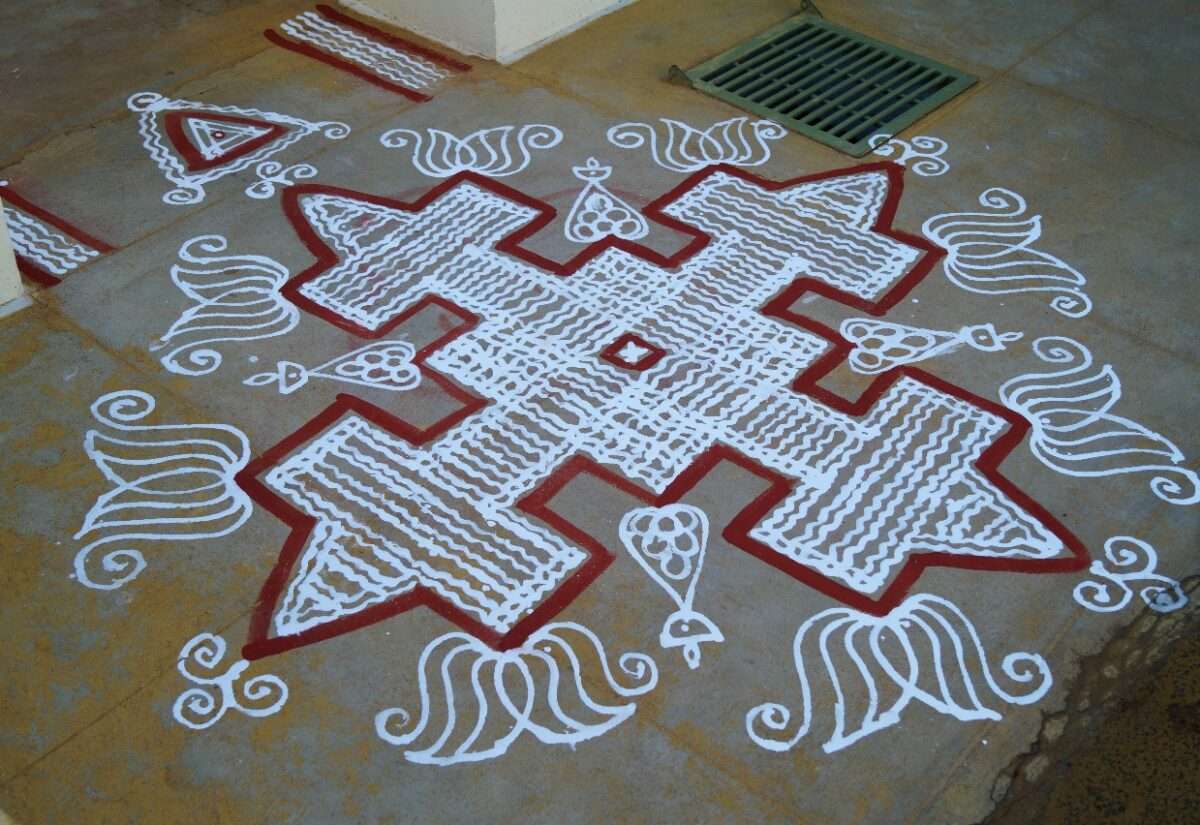Preservation of Cultural Thoughts: The Field of Art Conservation & Restoration
- indigenousartsfoundation
- September 16, 2021

t
hrough narrating tales and preserving historical moments, art has the ability to travel back in time. However, these priceless creations may suffer from the effects of the passage of time, the environment, and human treatment. Let’s enter the field of art conservation and restoration, where passionate experts
put forth endless effort to preserve our cultural legacy for upcoming generations.
Importance of Art Conservation:
The purpose of the diverse area of art conservation is to maintain and protect works of art from damage, loss, or collapse. This approach is important for preserving our nation’s history and cultural identity, but it goes beyond preserving the artistic appeal of masterpieces. Paintings, sculptures, fabrics, and handicrafts—all require art conservation to be preserved in their original form.
Challenges:
The task of conserving art involves many challenges for preservers. Damage can be increased by environmental elements like light, humidity, and temperature. Furthermore, the artwork may be damaged by chemicals, pests, or even the materials used in earlier restoration attempts. Every project has a different set of difficulties, requiring a thorough knowledge of the methods, materials, and techniques of creation.
The science behind restoration:
As part of the practical process of art conservation, a damaged piece of art needs to be carefully cleaned, restored, and rebuilt. A careful balance must be maintained during this process to preserve both the piece’s durability and the purpose of the creator. Applying scientific methods to restoration procedures, such as chemical testing, image technologies, and documentation, is very helpful. Advancement in technology have brought about a transformation in this field, helping preservers to make smart choices on treatment plans.
“To restore a work of art is not to repair it, but to reestablish its integrity.”
Cesare Brandi
Training & Expertise:
Professional training and practical experience are required to become an art preserver. Art history, science, and studio art are common subjects of study for advanced degrees in art conservation, which are held by many preservers. Aspiring preservers can gain real-world experience and the abilities required for this complicated profession through internships and courses.
Preserving for future generation:
The dedication to preserving and restoring art goes beyond simple preservation and involves the next generation’s awareness to our cultural legacy. The field is always changing as new technologies and conservation methods are developed. Our most valuable creations stay alive and important, link us to the past and providing inspiration for the future through the careful combination of science, art, and ethics. Art becomes a live proof of the enduring power of human creation when it is in the hands of skilled preservers.






